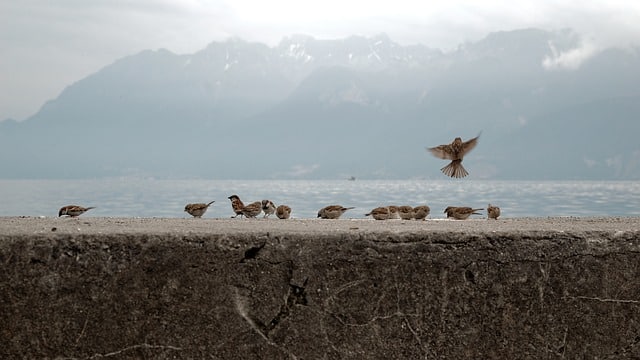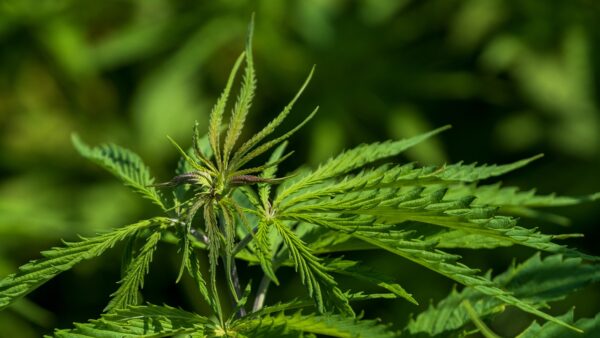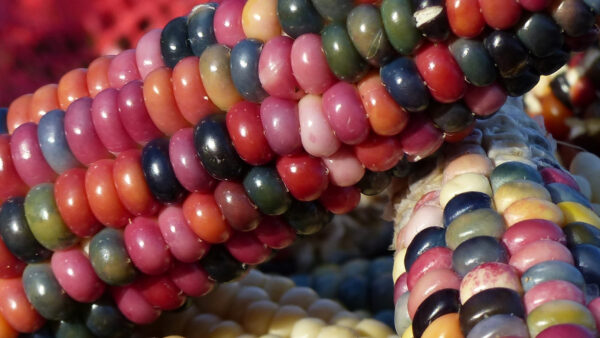Sparrow feather analysis revealed the presence of at least one type of neonicotinoid in all samples collected. This is the main result of a study by the University of Neuchâtel on the presence of this family of pesticides near farms on the Swiss plateau. In particular, it shows that thiacloprid, which remains authorized on field crops in Switzerland, or clothianidin, which is now restricted to beet seed, is widely distributed in the environment. The results of a master’s degree in biology led by Ségolène Humann-Guilleminot under the direction of Professor Fabrice Helfenstein, these works have just been published in the journal Science of the Total Environment .
Neonicotinoids occupy one-third of the market share of widespread pesticides, mainly on field crops (maize, rapeseed, beet) against insect pests, affecting the nervous system, resulting in paralysis and death. Since these substances are systemic, that is, they spread to all parts of plants, including pollen and flower nectar, they have the potential to contaminate the environment.
The authors of the study hypothesized that birds feeding on seeds and / or insects could be exposed to contamination. The sparrows have the particularity of never moving too far from their breeding place, seeking their food (seeds and insects) in the vicinity. “We can therefore use the feathers of these sparrows as bio-indicators of the presence of a given substance in a relatively precise location, around a farm, for example,” says Fabrice Helfenstein.
More than 600 feathers were collected from sparrows from 47 farms on the Swiss plateau and represented three types of farming practices: conventional farming, integrated production (IP-Swiss) and organic farming. Concentrations averaged between 1.7 and 9.2 ng / g of feathers. Logically, the highest concentrations were measured in the feathers of birds living on conventional farms, and the lowest in the feathers of birds living on organic farms or in IP production.
“In some samples, however, we have measured high concentrations – up to 140 ng / g of feathers – which raise concerns about the negative effects on birds’ health,” says the researcher. Indeed, other studies have shown that ingestion of neonicotinoids can lead to serious neurological disturbances in birds. These negative effects could be added to the scarcity of insects, victims of neonicotinoids, which constitute a good part of the diet of many bird species.
The researchers also found traces of thiacloprid in all samples, regardless of the type of farming practice adopted, even on organic farms. However, the use of this substance increases following the ban of three neonicotinoids involved in the decrease of bee populations. “In addition, thiacloprid is sprayed on crops, which increases the risk of contamination of the surrounding environment and could explain their presence in all feather samples,” adds Fabrice Helfenstein. This last “doubt the effectiveness of partial moratoriums, prohibiting three molecules in a family that has five in use in Switzerland, to address the problem of contamination of the environment by neonicotinoids.”
Source: The University of Neuchâtel










